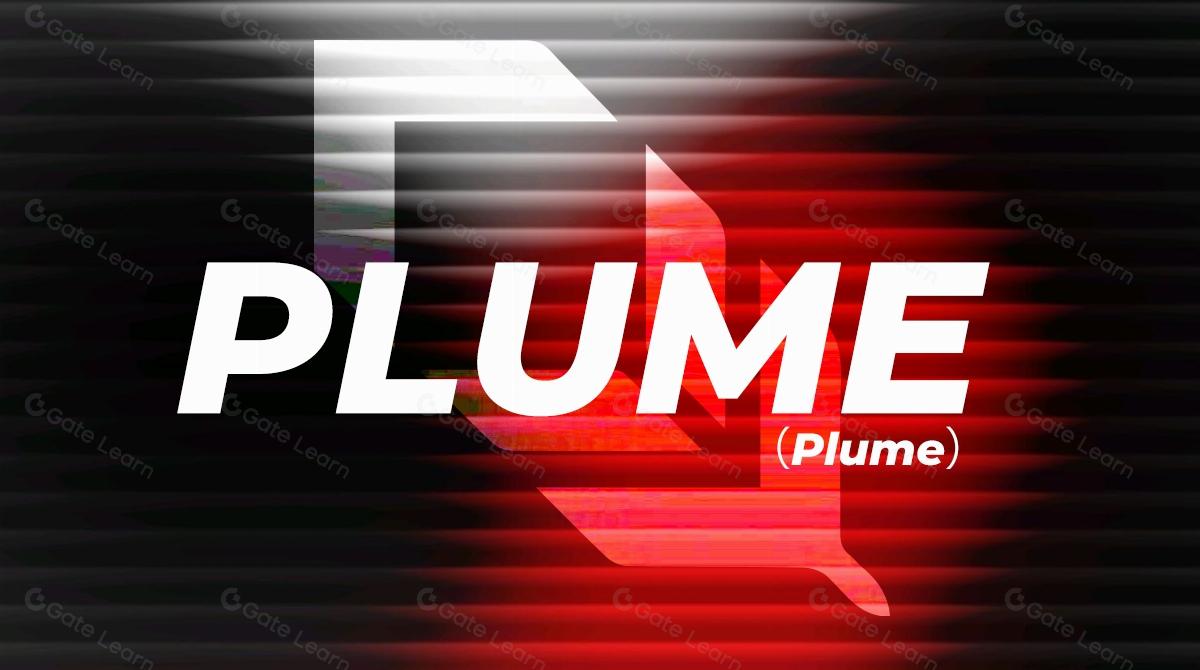What is Staking, Liquid Staking, and Restaking?
Concept of Staking
In the digital asset market, the concept of staking is similar to that in traditional financial markets. It involves holding a certain amount of cryptocurrency and locking it into a specific blockchain network via a smart contract to participate in the network’s consensus and reward process. For example, users can stake ETH on the Ethereum network to help maintain network security and earn rewards, or stake ETH on the MakerDao platform to receive the stablecoin DAI. This staking mechanism leverages the decentralization and transparency of blockchain technology, enhancing network stability and security while providing users with financial services such as lending.
Concept of Liquid Staking
Liquid staking refers to the tokenization of staked assets. In traditional staking, users lock their cryptocurrencies to support the security and operation of the blockchain, leading to insufficient liquidity of staked assets, especially during market volatility. Liquid staking addresses this issue by issuing tokens representing ownership of the staked assets. These tokens can be freely traded, sold, or used as collateral in other DeFi applications, while the underlying assets remain staked in the network. Through liquid staking, users can earn staking rewards without compromising asset liquidity, significantly increasing capital efficiency and market liquidity.
Concept of Restaking
EigenLayer introduced the concept of “restaking” on Ethereum. It allows ETH that has already been staked on Ethereum to be staked again on other layer-two protocols, providing additional security to various decentralized services on Ethereum and earning extra rewards for the staker. While liquid staking secures PoS blockchains, liquidity restaking can offer security guarantees for external modules like oracles.
What is LST (Liquid Staking Token)?
LST refers to the liquid staking tokens issued within a liquid staking protocol, also known as Liquid Staking Derivatives (LSD). Examples include Lido’s stETH, Frax’s sfrxETH, and Rocket’s rETH.
What is LSDFi (Liquid Staking Finance)?
LSDFi combines LSD with DeFi, creating an advanced form of staking and lending opportunities based on LSD staking. Essentially, it merges the LSD market with DeFi products, providing users with more unique staking and borrowing opportunities. For instance, combining CDP and LSD: The CDP (Collateral Debt Position) model was first proposed by MakerDAO, allowing users to mint stablecoins pegged to USD by staking blue-chip assets like ETH. In LSDFi, using LST as collateral in the CDP model to mint stablecoins can create a product that is price-stable while also yielding staking rewards from Ethereum. Users can leverage this setup by staking ETH to receive stETH, then using stETH as collateral to mint stablecoins, and using those stablecoins to buy more ETH for further staking.
What is LRT (Liquidity Restaking Token)?
LRT refers to the liquidity restaking tokens obtained by restaking LST, also known as Liquidity Restaking Derivatives (LRD). For example, staking 1 ETH into Lido and then restaking the resulting stETH into EigenLayer would earn an LRT token. This allows users to enjoy both ETH PoS inflation rewards and EigenLayer’s airdrop rewards.
Why is LRT Needed?
For LST protocols, they face several challenges:
- AVS Demand: Users need to choose AVS (Address Verification System) and run it, or delegate it to EigenLayer’s network operators.
- Locked Liquidity: The liquidity of ETH/LST is locked again after staking.
- Earning Limitations: AVS will distribute numerous different rewards, which could lead to extremely high gas fee inefficiency on the Ethereum mainnet.
The LRT protocol helps solve these issues by abstracting the complexity: users deposit ETH/LST to receive LRT related to staking, restaking rewards, and future airdrops. The LRT protocol handles all restaking processes in the background. At the same time, LRT helps save gas fees by pooling rewards for the entire pool.
By providing these features, LRT protocols offer a streamlined and efficient way to maximize the benefits of staking and restaking while minimizing complexity and gas costs for users.
Related Articles
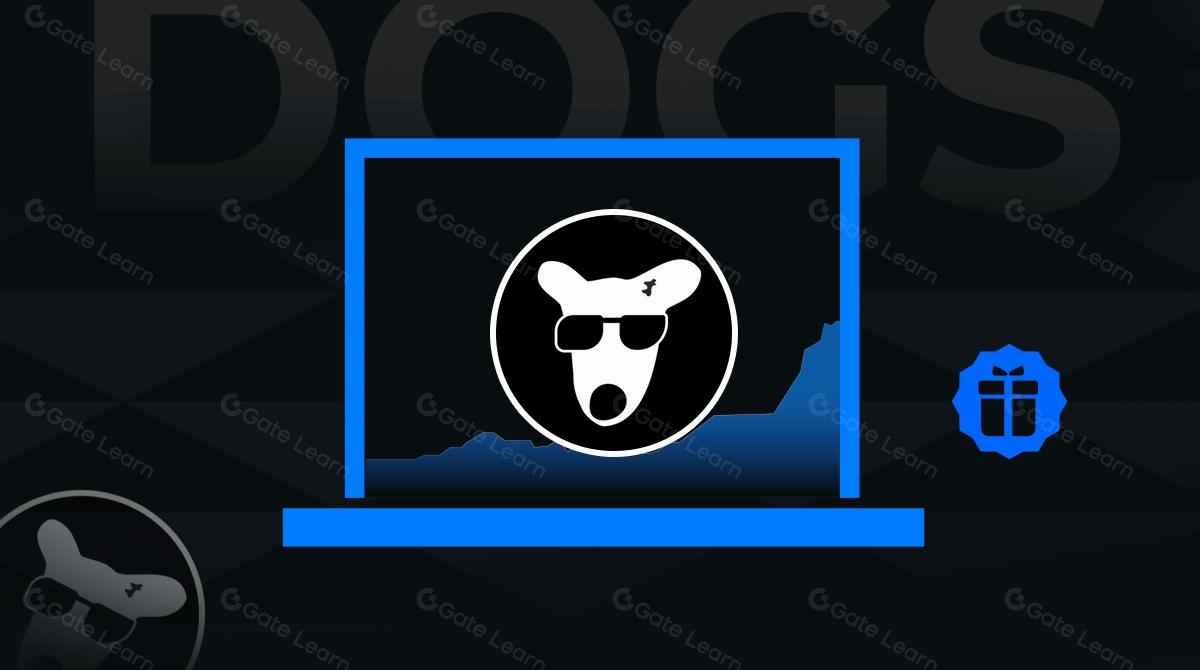
DOGS Token Overview: Tokenomics and Airdrop Claiming (as of 2025)
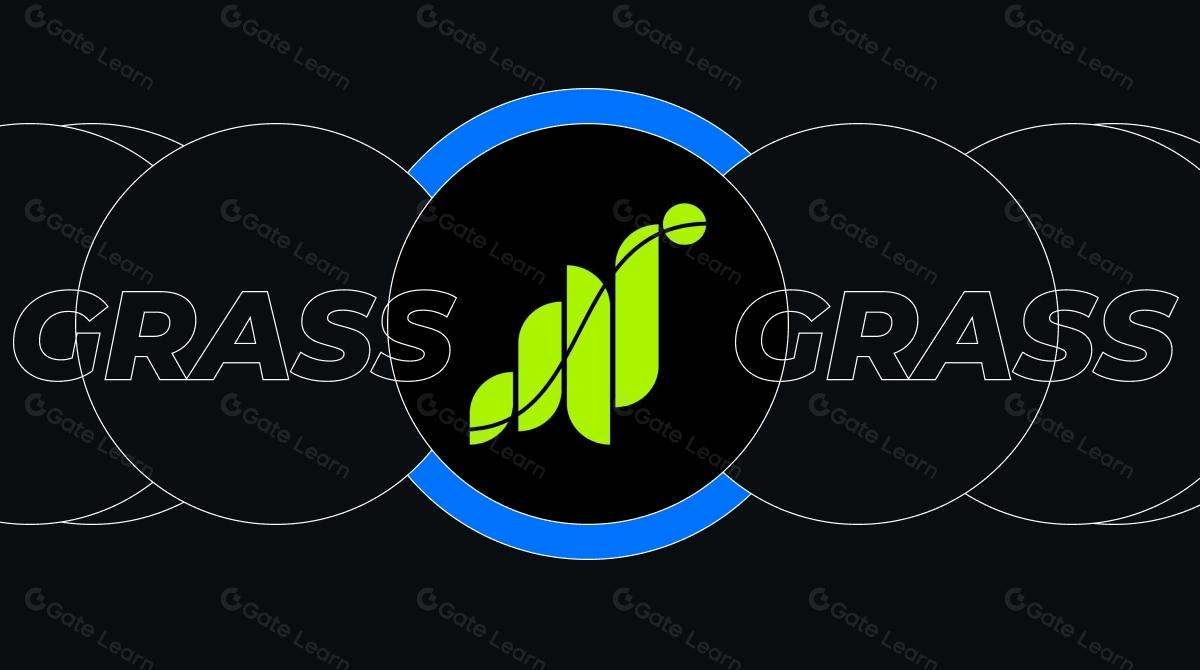
Grass (GRASS) — Decentralized AI Data Collection

Gate.com Launches Pilot Trading Section: Capture On-chain Alpha and Seize 100x Opportunities!
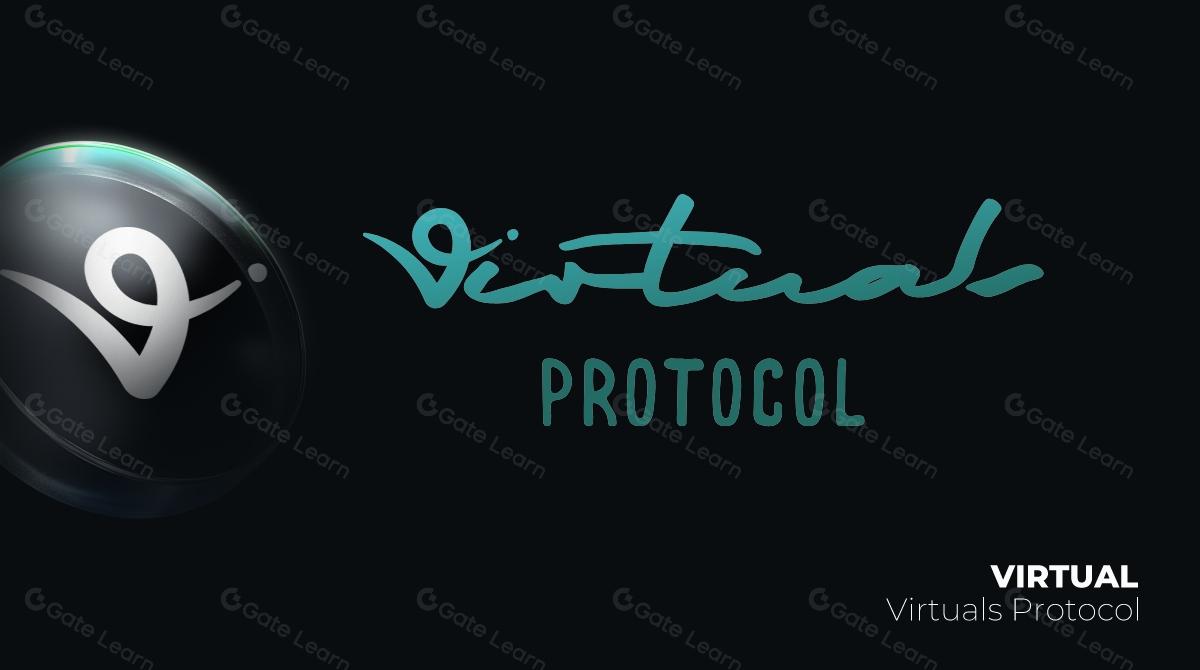
Virtuals Protocol (VIRTUAL) — The AI Agent Generation Platform at the Forefront of Innovation
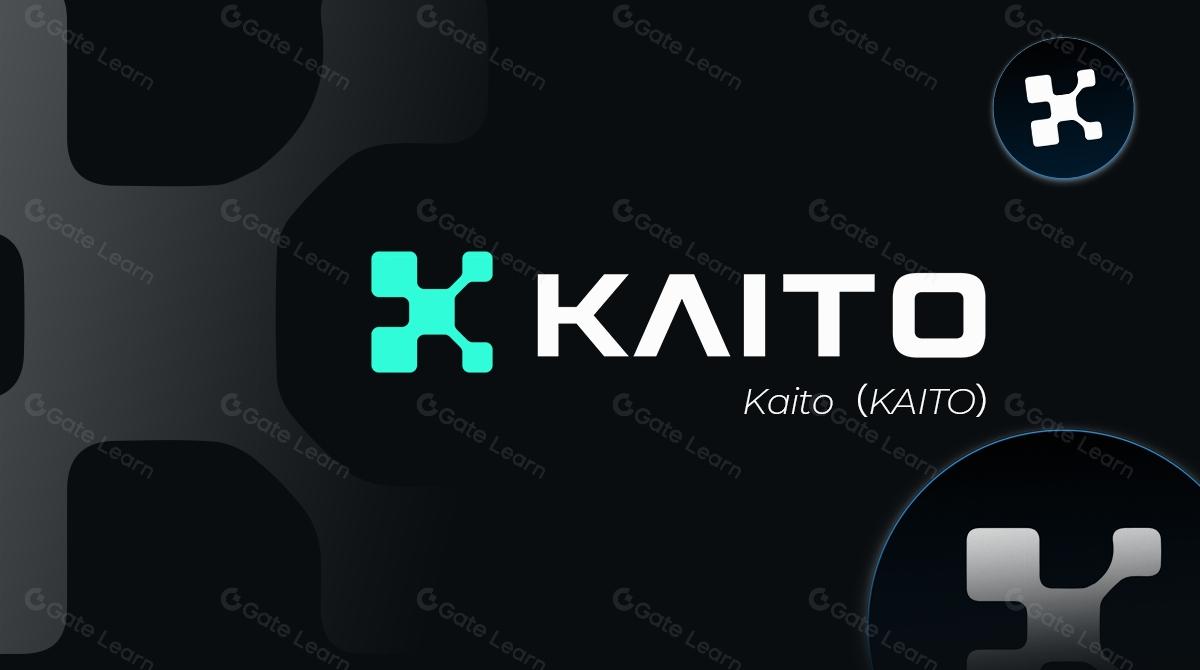
Kaito (KAITO) - A Decentralized InfoFi Platform
